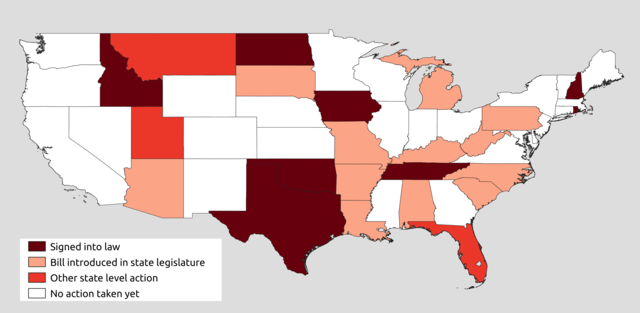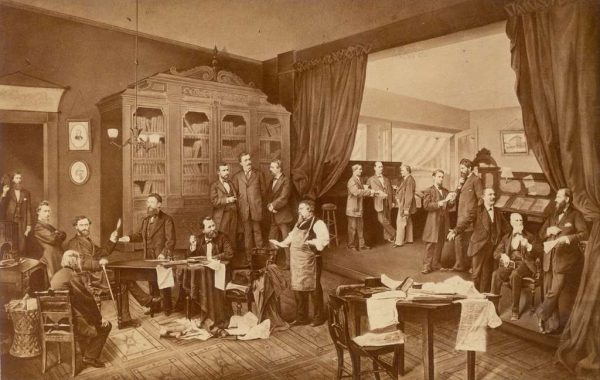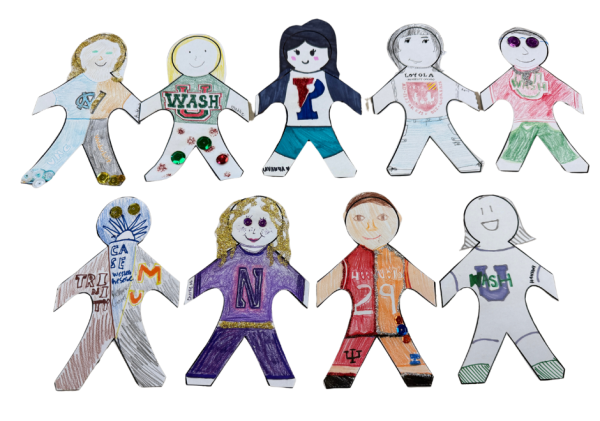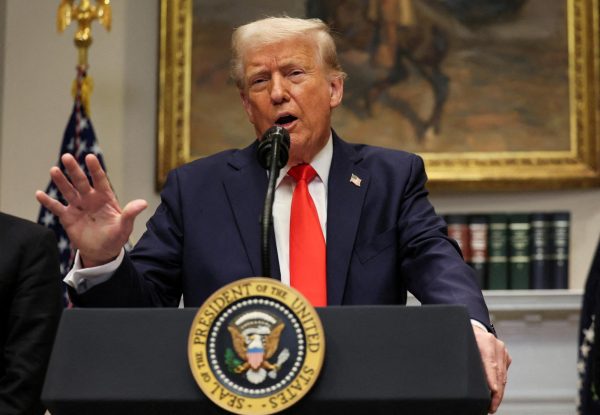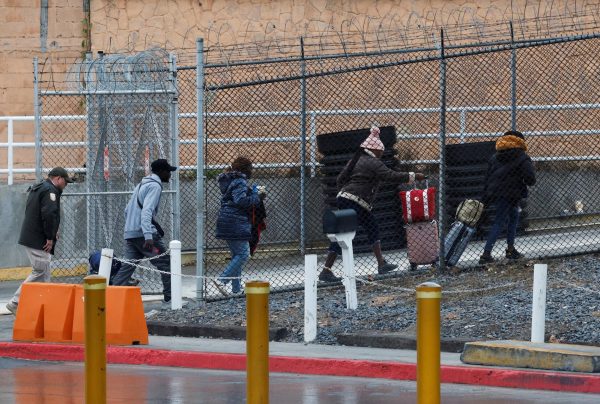Critical Race Theory: The Calculus of Radical Understanding
Some states across the U.S. have passed legislation to control the teaching of critical race theory.
Critical Race Theory is permeating America’s current pedagogical landscape, but it is being deeply misinterpreted. Critical Race Theory, or CRT, is a term that, in recent discourse, has been thrown around without understanding.
Although Critical Race Theory has many antecedents from centuries ago, its most notable derivation was CLS, the Critical Legal Studies movement. Unlike CRT, CLS examines legal realism and decision-making. CLS states that the laws and societal structures by which we all abide have immanent social biases. The philosophical approach that is CRT itself came to existence in the 1980s from Derrick Bell, the first black professor at Harvard Law School. To attach a definition, CRT is the idea that in order to achieve racial equity, one must not only acknowledge de jure inequalities but also consider history and its adjacent hierarchies; not only is racism embedded into legal policies and systems, but it is also the result of individual prejudices.
The recent conflict surrounding Critical Race Theory stems from misconceptions regarding what it is, to begin with. For those in opposition to the teachings of CRT at a high school level, Critical Race Theory has no connection to Derrick Bell’s work; they see it as the general term for anything pertaining to race (or, really, anything that makes them uncomfortable)–– often including the acknowledgment of the existence of racism itself.
Despite recent arguments, it is imperative to understand that there is no high school that teaches Critical Race Theory; it contradicts the structure of the American public education system as an institution with the sole purpose of ensuring the compliance of future generations. Regardless, as much as one could study the capacities of race, one must learn, in-depth, the concepts embedded within and also learn how to apply them to various legal structures before it can be deemed CRT; It explores racism’s pervasiveness and ubiquity, ergo, the reason it is so difficult to dismantle. When asked about Critical Race Theory’s role in high schools, Cameron Poole, Chief Officer of Equity and Inclusion and Accountability Coordinator in Clayton, said, “I was introduced to the term and some capacities within it during my senior year of college. I’d never even taken a course on CRT, which is a course that is for more of a graduate level. When people say, ‘CRT has no place in high schools,’ it is because those are college courses. Algebra and calculus aren’t the same, right? But in order to take calculus, you must take algebra. [Critical Race Theory] is kind of like calculus, and what we study at a high school level is algebra, comparatively. People are confused about what is actually being taught in high schools; that is why there is that disconnect.”
When addressing the conflict around the discussion of racial issues in schools, Poole said, “People define what they feel their own truth is. What your truth may be may not be what my truth is and vice versa. If it’s not my truth, then why should it be taught? And that’s where everything comes in. I think where we, as educators, come in is in whether there’s a rationale and reason for why we teach what we teach. I think as new things, and non-traditional things are introduced, people are going to question that rationale because they’ve never seen it before. It comes down to being able to provide a rationale for what you teach and being able to accurately cover every perspective, which is ultimately the goal.”
To put it simply: when a parent’s worldview does not align with what their child is being taught, conflict will arise. When asked about the role of discussion surrounding race in Clayton schools, school board president Amy Rubin said, “We are going to continue to work to teach accurate history.”
This tension in Clayton, however, is significantly milder when compared with other schools in the greater St. Louis area. When examining how other districts have handled the situation, several factors must be taken into consideration: demographics, socioeconomic status, and geography. All of these factors play a crucial role in trying to grapple with it all. Poole looked back upon his time in education and recalled when the frequency of these conversations began to skyrocket. “I think I was in Parkway when the Michael Brown incident occurred; that is when these conversations and the politicization of it all really began,” Poole said.
While the misunderstanding of Critical Race Theory may seem to be more inconveniencing than much else, it is leading to regression in terms of the accuracy of historical and present conversation, hindering the understanding of inequalities ingrained in society and, thereby, preventing their reversal. Although many in opposition cite the First Amendment in their argument against schools, they are working to promote legislation that undermines the First Amendment itself; that is where these discussions are protected. Tennessee House Bill SB 0623 would prohibit the teaching of anything that could lead a student to “feel discomfort, guilt, anguish, or another form of psychological distress solely because of the individual’s race or sex.”
Discussions of race are not meant to make individuals feel guilt, but rather, empathy for oppressed groups, allowing them to understand others’ hardships and work to dismantle the injustice that caused division to begin with; while it may be uncomfortable, discomfort sparks change, as comfort is most commonly found within the status quo.
A $50 or more donation includes a subscription to the Clayton High School Globe 2024-2025 print news magazine.
We will mail a copy of our issues to the recipients of your choice.
Your donation helps preserve the tangible experience of print journalism, ensuring that student voices reach our community and that student democracy thrives.
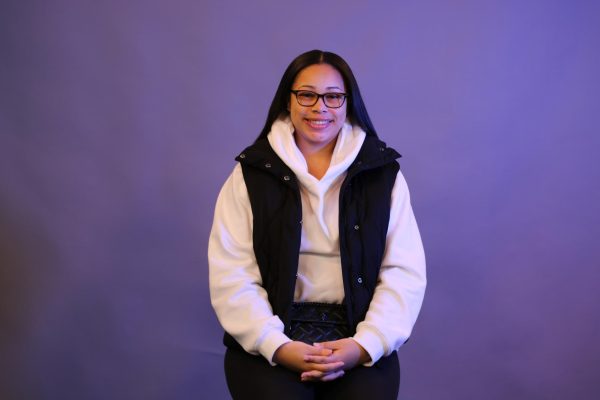
Zoe Daniels-Sankey is the Opinion Section editor of the Globe and a senior this year. She is in her third year with the publication and is very excited to continue writing stories...

Poppy Orchard, a sophomore at Clayton High School, is a first-year reporter for the Globe. She has previous journalistic experience from an internship with the New York Times....


